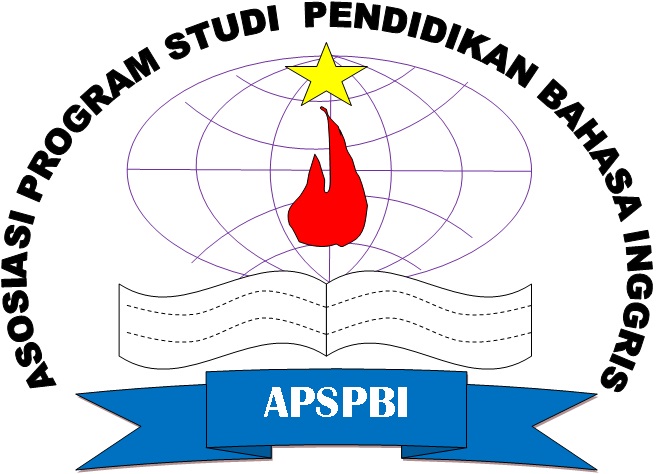Evaluating the Students’ Ability in Using Preposition of Place in Speaking Performance
Abstract
The use of preposition of place in speaking performance still becomes problems for students. Therefore; it is important to evaluate the students’ ability in using preposition of place. This research aimed at evaluating the students’ ability and describing the problems faced by students in using prepositions of place in speaking performance.
The descriptive qualitative method was applied in this research. The instrument of this research was an oral test. To get the data, the researcher used Tape Video Recorder (TVR). There were 25 participants of the first semester students of English study program of Timor University chosen randomly as the sample in this research. There were four steps used in analyzing the data, namely transcribing, codifying, analyzing and describing.
The results of the research showed that five students passed and nineteen students failed in the test. The highest score was 80,95 and the lowest score was 31. There was one student categorized as very good; two students were categorized as good; three students were categorized as enough; eleven students were categorized poor and seven students were categorized as very poor. For the kind of preposition; the highest percentage was IN which was 67,53%. Then it was followed by ON which was 57,32%. The preposition BEHIND made 55,51% which was higher than NEAR/CLOSE which was 51,56% but it is lower than IN FRONT OF which was 56,57%. The preposition UNDER was 48,39% which was higher than AT. The lowest percentage was preposition AT which was 47,94%.. The students’ average score was 54,60. Therefore the students’ level of ability was categorized as poor. This means that the students failed in using prepositions of place in speaking performance.
Keywords
Full Text:
PDFReferences
Azar, S.B. (2002). Understanding and using english grammar. Third edition. New York: Longman
Anjayani, P. (2016). Error analysis on the use of prepositions in students’ writing (a case study of the eleventh grade students of SMA negeri 9 semarang in the academic year of 2014/2015). Journal of English Language Teaching. 1 (1). http://journal.unnes.ac.id/sju/index.php/elt
Beena S.B. (2015). Acquisition of English Language Prepositions in the Absence of Formal Grammar Teaching. English Linguistics Research 4(4). www.sciedupress.com/elr
DeCapua, A. (2008). Grammar for teachers: A guide to american english for native and non-native speakers. New York: Springer Science & Business Media, LLC.
Eastwood, J. (2002). Oxford guided to English grammar. New York: Oxford University Press
Greenbaum, S. & Nelson, G. (2002). An introduction to English grammar. Second Edition. London: Pearson Education Limited
Murphy, R. (2004). Using English grammar in use. Third edition. New York: Cambridge University Press.
Quirk, R. (2007). Longman grammar of spoken and written English. London: Pearson Education Limited
Saravanan, J. (2014). The use of english prepositions: An empirical study. Journal of NELTA, 19 (1-2), December 2014
DOI: https://doi.org/10.31002/metathesis.v2i1.730
Refbacks
- There are currently no refbacks.

This work is licensed under a Creative Commons Attribution-ShareAlike 4.0 International License.
Metathesis: Journal of English Language, Literature, and Teaching is published by English Education Department, Faculty of Teacher Training and Education, Universitas Tidar, Magelang, Indonesia in collaboration with Asosiasi Program Studi Pendidikan Bahasa Inggris Se-Indonesia (APSPBI)
ISSN: 2580-2712 (print) and 2580-2720 (online)
Jalan Kapten Suparman 39 Magelang, Jawa Tengah, Indonesia 56116
Phone (0293) 364113 Fax (0293) 362438













